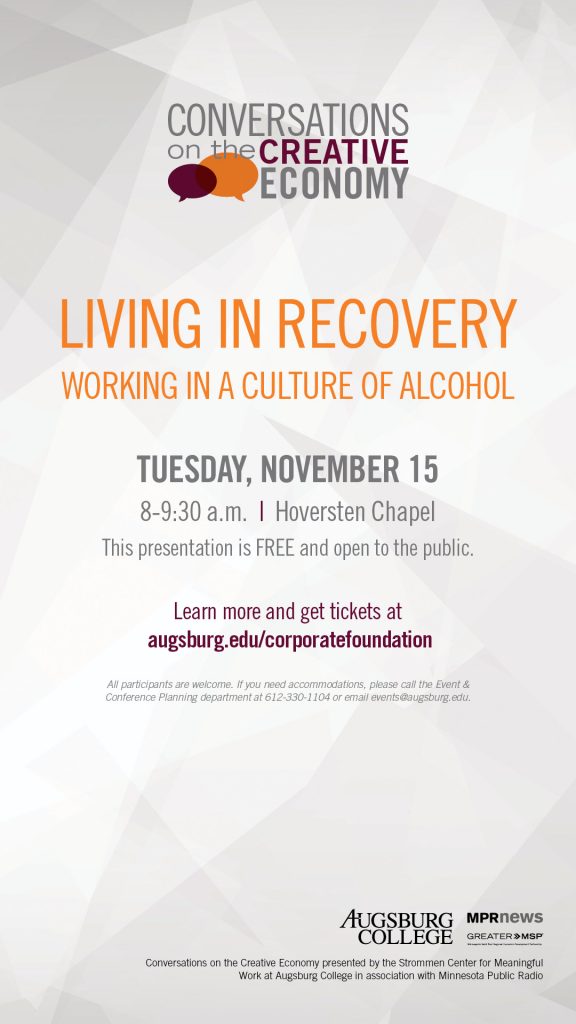Guest post by Kevin Kirby, CEO, Face It TOGETHER
Close to 70 percent of those suffering from drug and alcohol addiction go to work. Another three to four family members are affected at home. But only 10 percent of those who need help will get treatment in a given year. Most continue to hide their disease due to stigma, shame, and fear, driving tremendous costs in the workplace. Unfortunately, employers historically have been ignored or perceived as adversaries by many in the traditional addiction recovery movement. But because employers and the private sector bear some of the greatest costs when it comes to addiction, they’re also positioned to affect the greatest change.
- In 2010, excessive drinking cost the U.S. $249 billion, mostly due to reduced productivity, crime, and the cost of treating related health problems.

- On average, untreated addiction in the workplace costs employers $1,700 per employee per year.
- Addiction problems annually cost business 500 million workdays.
- People with an alcohol problem use twice as much sick leave and are five times more likely to file workers’ compensation claims.
- Health care costs for employees with addiction problems are twice those for other employees.
- Individuals with addiction problems are far more likely to have worked for three or more employers in the previous year.
Since 2009, we’ve been working in partnership with employers to help their employees and family members get well from addiction. Our innovative program brings culture change and peer support to the workplace to improve the bottom line.
We offer employers a powerful value proposition: we help them address one of their most pressing and costly workforce issues. Our work leads to stronger employee engagement and productivity, as well as reduced attrition and operational costs.
Our focus is culture change. We help employers integrate addiction into their chronic disease management or wellness programs. The goal is to remove stigma, fear, and other barriers to seeking help.
The program is customized and easy to implement. Key elements include:
- Workplace education and outreach
- Coordination with Employee Assistance Programs and wellness and benefits programs
- Supervisor training and human resources support
- Peer recovery coaching and navigation to services (virtual or in person)
- Coworkers in recovery peer support programs
- Outcomes measurement
An example of the initiative in action is with Raven Industries, a publicly held technology company in Sioux Falls, South Dakota. During the past 4 years, our work with Raven has led to more than a dozen employees coming forward for help. Raven invested $44,000 in the program and estimates a return on investment multiple times that sum due to employee retention and other costs savings. Learn more from our case study on the partnership.
People suffering from addiction spend about one third of their lives at work. As we tell the employers we work with, solving addiction will not only get people well, it is good for business. And it’s also good for our communities. Real and meaningful solutions to addiction will only come when we face these challenges together.
Hear from people we’ve helped. Watch a video on our workplace partnerships.
———-
Kevin Kirby is a long-term addiction survivor and successful business executive, using his skills and experience to help transform what communities think and do about the disease of drug and alcohol addiction.
Face It TOGETHER is a nationally focused nonprofit that began in 2009 in Sioux Falls, South Dakota; this year they will expand their network to six states. Their mission is to get drug and alcohol addiction sufferers well. Face It TOGETHER is dedicated to fostering system change around the disease of addiction. A key focus of their work is peer recovery coaching, with a major emphasis on data, technology and outcomes measurement.
